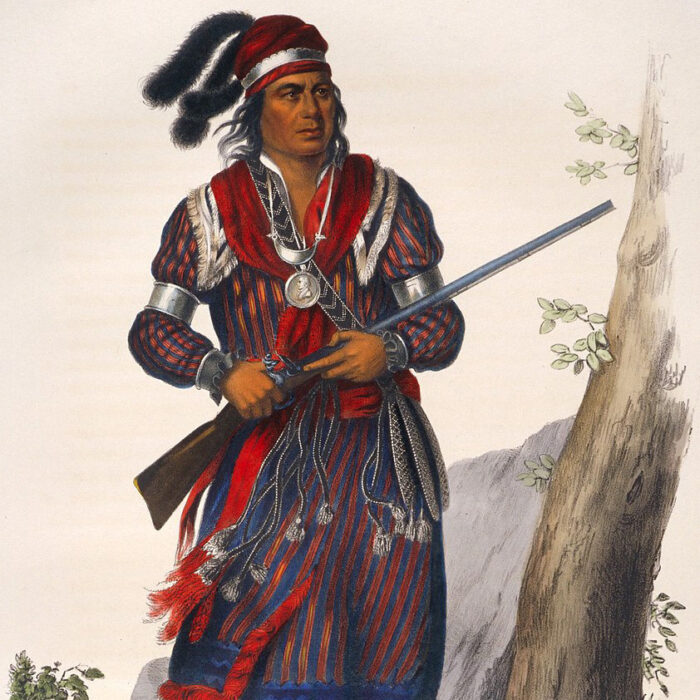THE SEMINOLE INDIANS

‘Seminole’ translates to ‘runaway,’ and while they were descended from the Creek tribes of Georgia and Alabama, the Seminoles parted company from their rambunctious brethren to forge a more peaceful, independent path when they migrated to Florida in 1770. From that time on, they were beleaguered by any number of adversaries, including President Andrew Jackson, who initiated the first of three American wars against the tribe. The third and final confrontation ended in a highly unusual manner. Since the government was unable to formally engage with the Seminoles to present them with a peace treaty, the tribe never officially surrendered. The United States had lost too much blood and money in the campaigns and the new President, Buchanan, saw no value in pursuing a dwindling race of savages whose sole asset to the republic was a bog. So, the government simply decided the Seminoles didn’t exist and the tribe earned their reputation as ‘The Unconquered People.’
Edison was intrigued by the Seminoles from the start. Following a frigid New Year’s Eve, he vowed he wouldn’t spend one more winter up north and booked passage on the Florida Special, with orders to take him as far south as possible. When he and Mrs. Edison arrived in Fort Myers, they were delighted by the lush vegetation and the warm, silken breezes that cosseted their weathered skin. In short, the climate was nectar and, as Edison set about building his estate, he found no better workers than the Seminoles. They were an industrious, outwardly reserved people who also exhibited a unique sense of creativity and color, from their spangled dress and architecture to their spiritual ancestry. Edison admired them, for they represented the best of what was past. In turn, the Seminoles revered Edison, because they saw in him the best of what might come.

